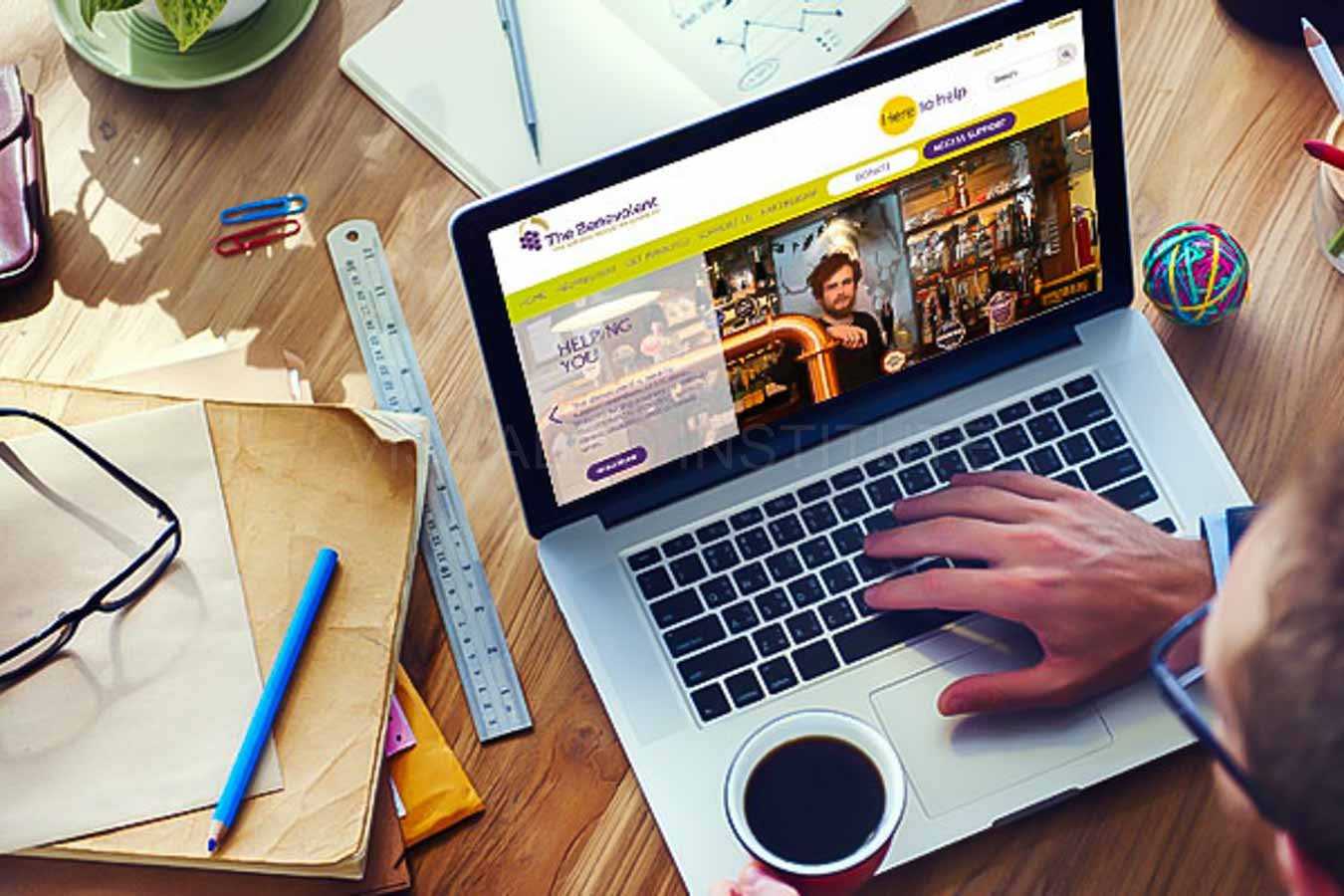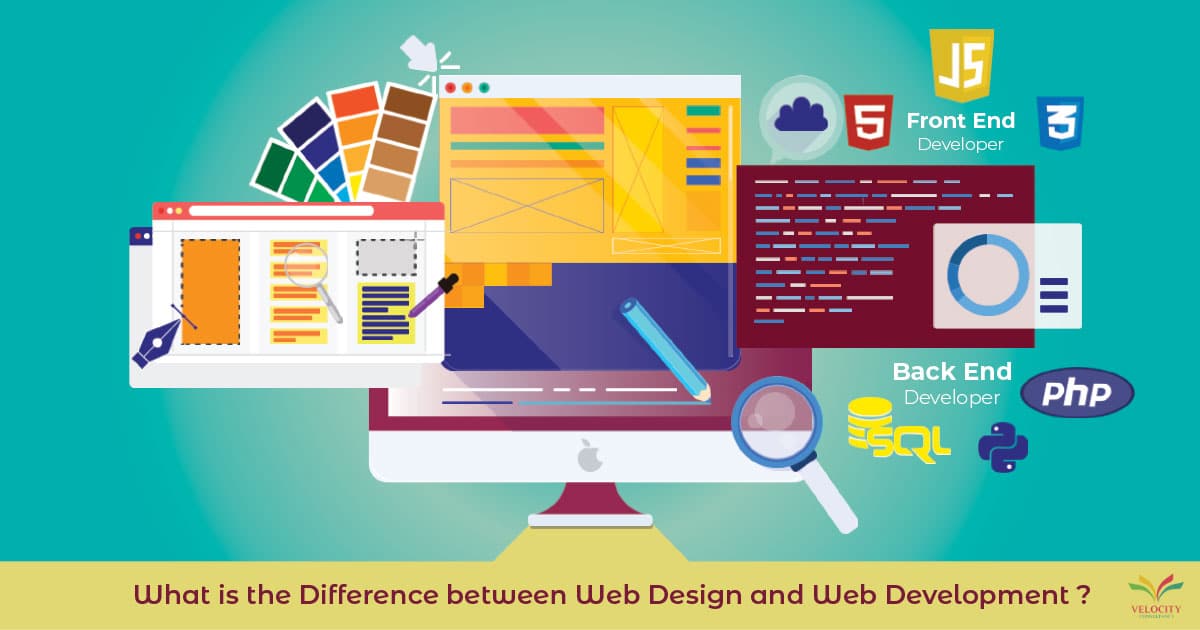Just How to Effectively Integrate Looks and Capability in Website Design
When making a web site, you need to strike an equilibrium in between aesthetics and capability. It's not practically looking good; your design needs to additionally offer a purpose and guide users properly. By concentrating on simpleness and intuitive navigating, you can develop an interesting experience. What elements truly improve use while keeping visual appeal? Let's discover the crucial principles that can lead to a harmonious blend of beauty and function.
Comprehending the Relevance of Looks and Performance
Recognizing the balance in between visual appeals and capability is necessary for developing an effective individual experience when you design an internet site. A visually enticing website grabs interest, however it's the functionality that maintains individuals involved. If your site looks excellent but is tough to navigate, visitors will rapidly weary and leave.Consider your target audience and what attracts them in. You intend to produce a layout that mirrors your brand name while ensuring convenience of usage. Structured layouts, instinctive navigation, and clear contact us to action can improve both aesthetics and capability.

Concepts of Efficient Website Design
To produce a reliable website design, you need to stick to a number of vital concepts that enhance both individual experience and visual appeal. Initially, focus on simpleness; a tidy layout assists users browse easily. Make use of a regular color design and typography to preserve comprehensibility throughout your website. This cultivates familiarity and trust.Next, assure your design is responsive. Individuals gain access to sites on various gadgets, so your design must adjust perfectly. Take note of visual power structure; emphasize vital elements with placement, shade, or size to lead customers' focus.Finally, include sufficient white room. It stops clutter and makes content a lot more absorbable. Bear in mind, reliable web layout equilibriums aesthetics and performance, so every style selection ought to offer an objective. By adhering to these principles, you'll produce a website that's not only aesthetically attractive yet also user-friendly, eventually maintaining visitors involved and urging them to return.
Prioritizing Individual Experience
When prioritizing customer experience, you'll intend to start by understanding what your users absolutely need. Streamlining navigation layout can make a huge distinction in just how quickly they locate what they're seeking. Boosting visual pecking order assists direct their interest to the most essential elements on your website.
Understanding Individual Requirements
Understanding individual needs is essential for producing an engaging internet experience that maintains visitors coming back. To achieve this, you should recognize the goals and choices of your target audience. Beginning by conducting individual research, like interviews or surveys, to collect insights on what users value most. When communicating with comparable internet sites, pay interest to their pain points and obstacles. This information allows you to customize your style, ensuring capability lines up with customer assumptions. Furthermore, think about producing customer characters that represent different segments of your target market, assisting you envision their demands during the layout procedure. When you prioritize recognizing individual needs, you produce an internet site that not only looks fantastic however likewise delivers a smooth, pleasurable experience that fosters loyalty.
Simplifying Navigation Style

Enhancing Aesthetic Pecking Order
A strong visual pecking order is crucial in assisting individuals through your site and ensuring they engage with vital material. To accomplish this, make use of size, spacing, and shade strategically. Make important aspects like headings bigger and bolder than body text, attracting focus right away. Make use of contrasting shades to highlight phone calls to action, motivating clicks. In addition, use adequate white space to separate sections, making content absorbable and inviting.Consider the flow of info; prepare components rationally, leading users' eyes from one indicate the following. Usage aesthetic hints, like lines or arrowheads, to guide interest. By focusing on visual power structure, you improve user experience and boost the likelihood of conversions, ensuring your internet site is both cosmetically pleasing and functionally reliable.
Shade Theory and Its Effect On Use
While picking the appropriate colors for your website might seem like a minor detail, it substantially influences use and individual experience. Color influences just how users regard info and can prevent or boost navigation. Contrasting colors can aid crucial aspects stand out, making it less complicated for visitors to find what they need.Additionally, take into consideration the psychology of shades: blue usually motivates trust, while red develops urgency. Knowing your target market can guide your shade selections, assuring they resonate well.Moreover, constant color design assist construct brand name identification, making your site extra remarkable. Be careful-- too several shades can overwhelm users. Adhere to a minimal scheme that complements your material and preserves clarity.Incorporating access is also necessary; verify your shade combinations get along for those with aesthetic disabilities. By attentively using shade concept, you'll enhance use and develop a much more engaging individual experience.
Typography: Balancing Design and Readability
Color selections established the stage for your web site, however typography plays a just as vital function in enhancing individual experience. You desire your text to communicate clearly while also reflecting your brand name's personality. Begin by selecting font styles that are not just eye-catching but likewise legible. Sans-serif typefaces often work well for digital screens, as they're simpler to read at numerous sizes.Maintain a hierarchy by making use of various typeface sizes and weights; this guides customers via your web content easily. Take into consideration line spacing and letter spacing; also tight can discourage viewers, while too loose can interrupt the circulation. Restriction your font style selections to 2 or three to keep the style cohesive.Finally, always test your typography across different gadgets and internet browsers. What looks excellent on one display may not on an additional. Balancing design with readability warranties that your message reverberates, keeping your audience notified and engaged.
Responsive Layout: Making Looks Work With All Devices
To guarantee your web site looks great on any type of gadget, you'll need to embrace receptive layout concepts. This method guarantees your website adapts to numerous screen sizes, offering an optimal individual experience. Start by using liquid grids and versatile photos that scale perfectly. As opposed to fixed measurements, choose percentages and loved one units, enabling your format to readjust dynamically.Next, implement media queries in your CSS. These let you apply different designs based on tool features, like screen size. This means, you can keep visual appeal while assuring functionality.Don' t forget touch targets; make sure buttons and web links are very easy to tap on smaller sized screens. Focus on necessary content, so individuals can conveniently browse your site regardless of their tool. By concentrating on these components, you'll develop an interesting, visually appealing experience that meets the demands of all customers, whether they get on a tablet, mobile phone, or desktop .
Carrying Out Usability Testing for Continual Improvement
To enhance your internet style, why not find out more you need to set clear functionality goals that align with customer requirements. By performing individual tests, you can gather important comments on just how real individuals communicate with your site. Analyzing these outcomes will help you make educated renovations and produce a more reliable user experience.
Specifying Usability Goals
While looks can draw customers in, defining use goals is important for guaranteeing their experience continues to be enjoyable and seamless. Begin by identifying what you desire customers to achieve on your site (website design london Ontario). Consider their habits, tasks, and needs. Are they trying to find info, making an acquisition, or registering for an e-newsletter? Establish clear benchmarks to measure success, like task conclusion prices or time on job. Prioritize intuitive navigation, accessible content, and responsive layout to enhance functionality. Frequently review these objectives as customer expectations develop. By defining usability objectives, you create a framework for evaluating and enhancing your site's performance. This focus on usability not just boosts individual complete satisfaction but also reinforces the general efficiency of your layout
Performing Customer Examinations
Conducting customer examinations is crucial for refining your website and guaranteeing it satisfies your audience's requirements. Beginning by recognizing your target users and creating a test plan that describes your goals. Make use of a mix of quantitative and qualitative methods, such as studies, interviews, and task-based observations, to collect detailed feedback. Invite participants to browse your website while you observe their interactions and keep in mind any kind of troubles they come across. Encourage open dialogue to record their thoughts and sensations concerning the layout and functionality. Maintain sessions short and focused, ensuring you cover essential locations without overwhelming individuals. Make certain to document all searchings for, as this info will be indispensable for making enlightened design decisions that enhance both aesthetic appeals and use.
Analyzing Test Outcomes
How can you effectively examine the outcomes of your usability examinations to drive continuous enhancement? Begin by moved here classifying comments into usual motifs. Look for patterns in customer habits that highlight pain factors or areas for improvement. Usage measurable data, like job conclusion rates and time on job, to determine use objectively. Don't forget to think about qualitative understandings from individual remarks; they frequently disclose underlying problems that numbers can't show. Focus on the most impactful searchings for and develop actionable items for your layout team. Remember, it's about iterating-- execute modifications, then test once again. This cycle of testing, evaluating, and refining aids you equilibrium appearances and performance, ensuring your site satisfies user requirements properly while maintaining visual allure.
Frequently Asked Inquiries
Just how Do I Choose the Right Color Combination for My Internet site?
To select the ideal shade palette for your site, consider your brand name's character, target market, and psychological effect (website design london Ontario). Usage color psychology, create consistency, and guarantee readability. Examination mixes to see what resonates best with visitors
What Tools Can Help With Web Design Aesthetics and Functionality?
You can make use of tools like Adobe XD, Figma, and Sketch to enhance your web layout's looks and capability. These systems offer instinctive interfaces, partnership features, and pre-made layouts to simplify your imaginative process and boost your styles.
Just How Can I Integrate Animations Without Jeopardizing Capability?
To incorporate animations without endangering capability, prioritize subtle impacts that enhance customer experience. Usage CSS animations for smoother communications, warranty fast load times, and test on various tools to maintain efficiency while including visual allure.
What Prevail Errors to Prevent in Web Layout Aesthetics?
When developing, stay clear of chaotic layouts, bad shade selections, and inconsistent font styles. Don't overlook mobile responsiveness, as it can alienate customers. Validate your design lines up with your brand name, producing a seamless experience that engages visitors efficiently.
Just how Usually Should I Update My Internet site's Layout for Ideal Appearances?
You ought to update your internet site's design every 1-2 years to stay on top of trends and maintain ideal looks. On a regular basis renewing visuals helps involve site visitors and assurances your website remains enticing and user-friendly. When you make a visit this site right here website, recognizing the equilibrium between looks and capability is important for developing an efficient individual experience. To develop a reliable internet layout, you need to stick to a number of key principles that boost both individual experience and visual appeal. Users accessibility sites on numerous gadgets, so your design should adapt flawlessly. When focusing on individual experience, you'll desire to begin by comprehending what your users really need. Beginning by conducting customer research, like studies or meetings, to collect understandings on what individuals value most.